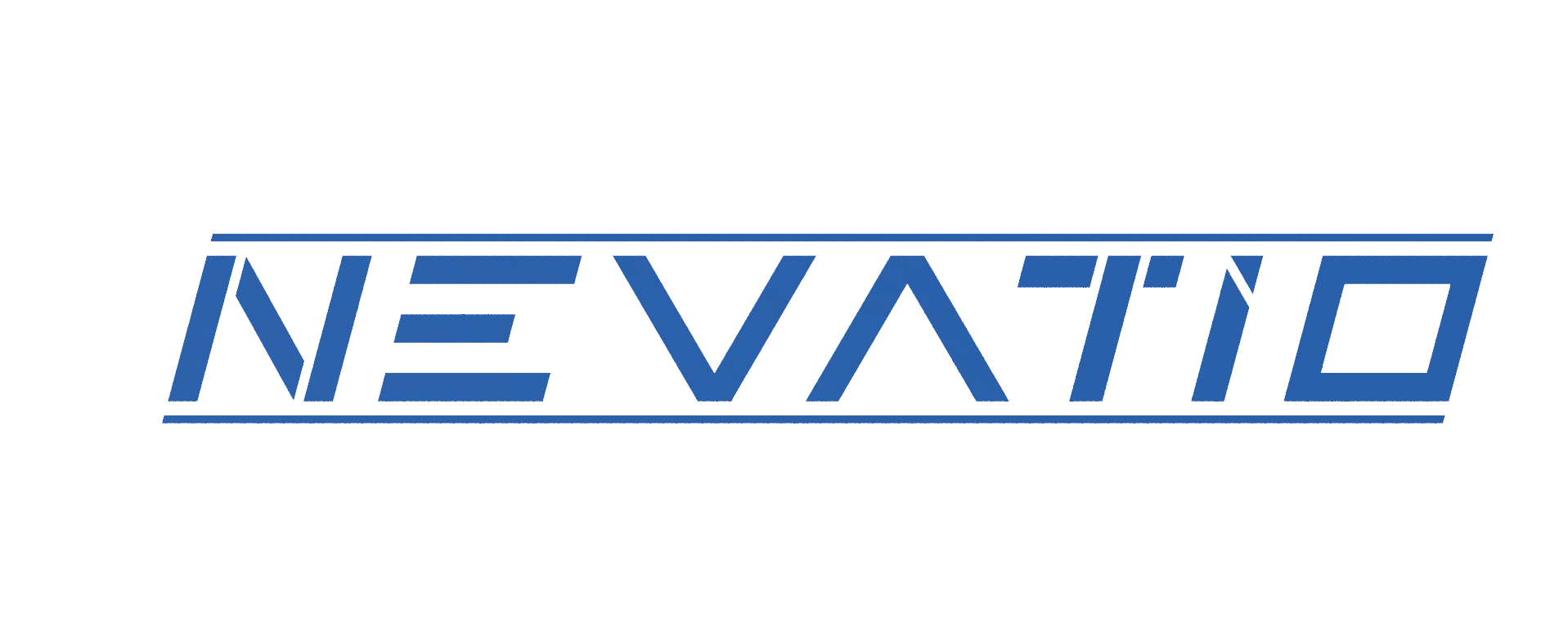We believe in being consistent with our deliveries. This means that we are always on time and able to work for your business needs, no matter what they may be.
3 min read
The Hidden Costs of High Personnel Turnover in Manufacturing
Nevatio Team
Sep 18, 2025 8:11:55 PM
.png)
Employee turnover has always been a challenge for manufacturers, but in today’s competitive labor market (where manufacturing operators are increasingly difficult to retain) the stakes are higher than ever. Every new hire requires training, onboarding, and integration into complex workflows. When workers leave, knowledge gaps disrupt production, cause quality issues, and drive up costs.
Forward-thinking manufacturers are now turning to industrial automation, robotics integration, and manufacturing efficiency solutions to reduce dependency on high-turnover roles while building more resilient operations.
How does automation help with labor shortages?
Labor shortages in manufacturing aren’t just about unfilled positions. They affect productivity, safety, and profitability.
Automation bridges these gaps across the plant floor and beyond, supporting logistics automation, packaging automation, and production workflows by:
-
Maintaining throughput when skilled operators are unavailable.
-
Reducing training time by using automated machines to handle routine tasks that normally require weeks of instruction.
-
Enhancing consistency across shifts, ensuring production quality doesn’t depend on who’s on the line.
With assembly line automation, manufacturers can stabilize output, even during hiring slowdowns. This doesn’t eliminate the need for people but allows teams to focus on higher-value work instead of repetitive, high-turnover tasks.
What’s the ROI of reducing labor dependency?
Every time a worker leaves, costs pile up: recruiting, onboarding, overtime for existing staff, and potential downtime on the line. According to research including Equitable Growth and Gallup, turnover costs as much as 40% of a worker’s annual salary, especially for frontline manufacturing roles. This includes hiring, training, onboarding, and lost productivity.
By investing in manufacturing efficiency solutions like robotics, supply chain automation, and automated workflows, companies see ROI in three measurable areas:
-
Reduced turnover-related costs – fewer positions vulnerable to churn.
-
Lower error rates – automation minimizes costly rework and scrap.
-
Scalable growth – systems can expand capacity without proportional increases in labor costs.
The return isn’t only financial - it’s operational stability that gives manufacturers an edge in highly competitive markets.
Will automation make manufacturing jobs obsolete?
It’s a common concern but the data shows otherwise. While assembly line automation and robotics integration can take over repetitive or dangerous tasks, they rarely eliminate the need for people. Instead, automation creates demand for new roles in programming, maintenance, and process oversight.
Manufacturers that adopt manufacturing efficiency solutions typically see two outcomes:
-
Safer, more sustainable jobs – workers move away from physically taxing or high-turnover roles.
-
Upskilled teams – employees receive training in robotics, automation systems, and advanced troubleshooting.
Instead, industrial automation creates demand for new roles in programming, maintenance, and process oversight, while automated machines handle the repetitive tasks.
What are the challenges when integrating robotics into existing manufacturing operations?
While robotics integration delivers major gains in productivity and labor stability, manufacturers often face challenges during implementation. Understanding these barriers upfront is key to achieving long-term success.
Technical challenges
-
Compatibility with existing equipment and controls
-
Downtime during installation, testing, or related industrial construction and civil engineering upgrades
-
Adjusting workflows to accommodate new robotic systems
Human & change management challenges
-
Training manufacturing operators and maintenance staff on new technology
-
Downtime during installation, testing, or related construction fabrication and industrial construction upgrades
-
Ensuring safety standards are upheld during the transition
Cost & maintenance considerations
-
High initial capital investment
-
Ongoing service and spare part requirements
-
Balancing ROI expectations with realistic adoption timelines
This is where manufacturing efficiency solutions make the difference. By starting with a clear automation roadmap, pilot testing, and phased rollouts, manufacturers can minimize disruptions while maximizing the benefits of assembly line automation and robotics.
Final Takeaway
High personnel turnover is more than a staffing issue. It’s a hidden cost that erodes profitability and growth. Manufacturers that invest in automation for labor shortages, assembly line automation, and robotics integration are proving that reducing labor dependency is not just a survival strategy but a pathway to long-term competitiveness.
The future of manufacturing belongs to those who balance human expertise with smart, efficient automation.
 About Nevatio Engineering
About Nevatio Engineering
Nevatio Engineering is an agile design and engineering consulting team capable of on-demand mechanical and electrical engineering, functional prototyping, engineering documentation, and machine retrofits. Our added knowledge in industry design standards such as ASME, ANSI, ISO, NFPA, NEC and BS allows us to quickly integrate our services with your existing standard design processes, keeping your resources free from unnecessary rework.
We specialize in helping industry leaders solve difficult engineering and design problems. Our mission is to empower our clients with the tools and skills necessary to create solutions to their technical problems. With our expertise, clients can address any technical design problems that stand in their way.
.png)
5 Common Causes of Machine Downtime (and How to Fix Them)
Machine downtime is one of the most costly challenges manufacturers face - cutting into productivity, profit margins, and customer satisfaction....
.png)
The Hidden Costs of High Personnel Turnover in Manufacturing
Employee turnover has always been a challenge for manufacturers, but in today’s competitive labor market (where manufacturing operators are...
.png)
Why Material Handling Automation Is Key to Smarter Production
Material handling automation is transforming the way goods move through modern manufacturing environments. From automated conveyors to robotic...




